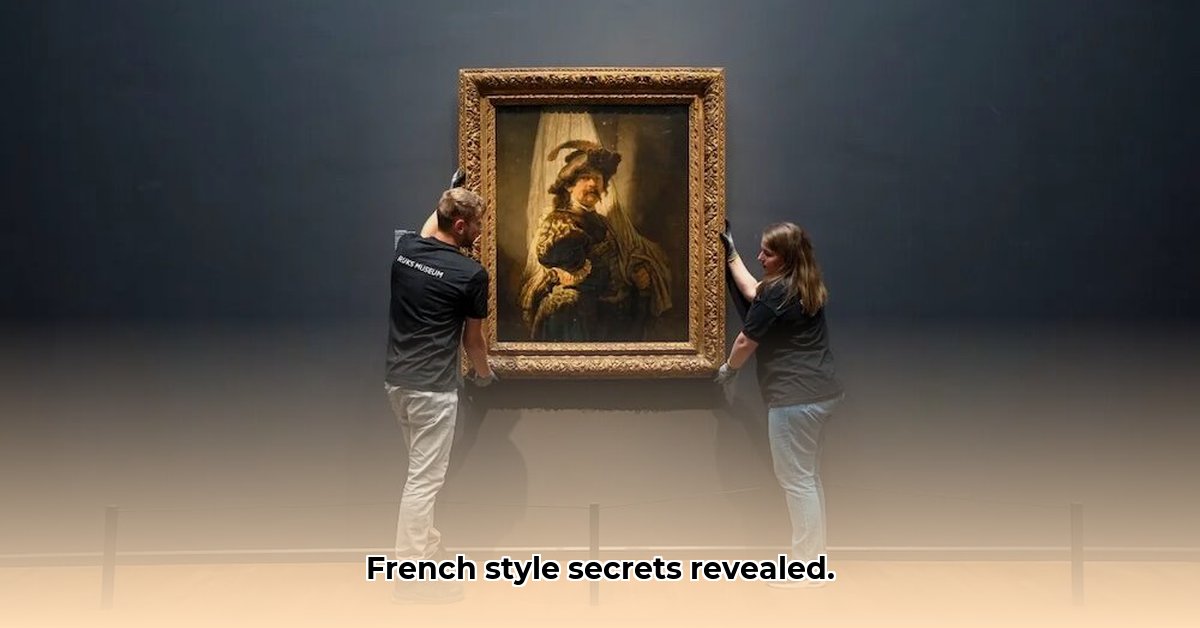
Coco Chanel: From Humble Beginnings to an Empire of Elegance
Imagine Paris in the early 20th century. A young woman, Gabrielle "Coco" Chanel, emerges from relatively modest circumstances to revolutionise women's fashion. Gone were the restrictive corsets; in their place, Chanel introduced a new era of comfortable yet undeniably chic clothing. She understood the realities of women's lives and designed clothes that moved with them. Simple lines, elegant fabrics like tweed – practicality and style were no longer mutually exclusive. Her iconic little black dress? A stroke of genius, democratizing sophistication. Who can forget the quilted handbags and the eternally alluring No. 5 perfume? These weren't mere products; they were statements. Chanel's influence endures; her designs remain timeless, constantly reinvented yet instantly recognizable, a testament to her enduring vision. Her legacy continues to inspire, a powerful example of how a strong brand identity can build a global empire. But how did she manage to sustain such an influential impact for over a century?
Christian Dior: Rebuilding Confidence, One Exquisite Gown at a Time
The Second World War's end left a world yearning for optimism and renewed femininity. Enter Christian Dior, a master craftsman whose "New Look," debuted in 1947, was more than just a collection; it was a declaration. Full, flowing skirts, cinched waists – a stark contrast to the austere wartime styles – it was a celebration of curves and a symbol of hope. The world fell in love. Dior's lavish designs, crafted with exquisite fabrics and meticulous tailoring, revitalised Paris as the global fashion capital. Dior's legacy extends beyond aesthetics; his designs profoundly impacted women's self-perception, helping them rediscover confidence and celebrate femininity. The "New Look's" influence remains readily apparent in modern designs – a testament to its enduring power. This begs the question: what elements of Dior's designs resonate most strongly with contemporary audiences?
Yves Saint Laurent: Democratizing Haute Couture and Redefining Gender Norms
Yves Saint Laurent, a true revolutionary, wasn't merely a designer; he aimed to redefine fashion itself. This visionary talent democratised haute couture by introducing ready-to-wear collections, making luxury more accessible. His iconic Le Smoking tuxedo suit, a groundbreaking design challenging traditional gender roles, became a powerful symbol of female empowerment. Saint Laurent’s impact is monumental. He shifted perceptions of women's attire, proving fashion could be both powerful and liberating. He challenged established norms, showcasing fashion's potential for social commentary and self-expression. His influence, some experts believe, continues to evolve, with reinterpretations of his work constantly emerging. This ongoing exploration of his legacy underscores the complexity and depth of his contribution.
Thierry Mugler: The Theatrical Visionary and Architect of the Avant-Garde
Thierry Mugler was more than a designer; he was a theatrical visionary. His creations were bold, futuristic, and often dramatic, leaving lasting impressions. He employed innovative materials and construction techniques, pushing the boundaries of fashion. While his eponymous fashion house experienced quieter periods, his distinct style resonates with contemporary designers. His innovative materials and sculptural silhouettes continue to inspire, reflecting the enduring fascination with his unique perspective on fashion as art. Ongoing research into his methods could further reveal his influence, especially in areas like sustainable and innovative textile applications. His legacy serves as a reminder that pushing boundaries can yield some of the most enduring and impactful work. What specific techniques of Mugler’s are now being explored by contemporary designers?
The Enduring Influence: A Legacy Across Brands, Museums, and Government Initiatives
These four design giants shaped not only French fashion but the global industry. Their impact extends beyond runways, reaching brands, museums, and even governments.
Impact Across Sectors:
- Luxury Fashion Brands: Inspiration for collections, collaborations, and marketing strategies; redefining luxury for a changing world; sustainable practices.
- Museums & Fashion Archives: New exhibitions, increased visitor numbers, expanded archives; preserving heritage, fostering future designers.
- French Government: Promotion of French fashion globally, tourism revenue; economic growth and cultural preservation.
The story of these iconic French designers is more than just fashion; it’s a narrative of artistic innovation, social change, and enduring legacy. Their influence continues to shape the fashion world, with ongoing debates about the extent of their individual contributions. Future research will undoubtedly add further layers to our understanding of their lasting impact. How will their impact on sustainable practices be studied in the coming years?